
Pitbull-Type Breeds
20%
Estimated percentage of dogs identified as 'pitbulls' in the U.S.
4
Unique AKC & UKC breeds that are included in the pitbull-type category.
20+
Number of breeds that have physical traits similar to pitbull-type dogs.
Pitbull-type dogs are valued canine citizens, celebrated for their exceptional temperament, versatility as service and therapy dogs, roles as K9 police dogs, and status as beloved family pets. The term 'pitbull' is broadly used to categorize dogs based on physical appearance rather than genetic heritage, typically referring to medium-sized dogs that exhibit characteristics of various bully-type breeds. Among these, the four breeds below are recognized by American Kennel Club (AKC) and United Kennel Club (UKC) standards as pitbull-type breeds. While the American Pit Bull Terrier is the only breed with the term 'pit bull' in its name, over 20 unique breeds and their mixes exhibit traits commonly associated with pitbull-type dogs. Dogs labeled as 'pitbulls' are among the most popular in the U.S., representing an estimated 20% of the total dog population. Below, we explore the history of pitbull-type dogs, list the specific breeds, and explain the origins of the 'pitbull' label.
AKC & UKC Pitbull-type Breeds
Four breeds are commonly included in the pitbull-type category according to the breed standards set by the
American Kennel Club (AKC) and the
United Kennel Club (UKC), most of which belong to the
Terrier Group. The American Pit Bull Terrier is the most athletic, with a medium build. The American Staffordshire Terrier has a slightly shorter and stockier physique. The Staffordshire Bull Terrier is the smallest of the group. The American Bully, not to be confused with the
American Bulldog, is the most diverse with three specific sizes: pocket, standard/classic, and XL.
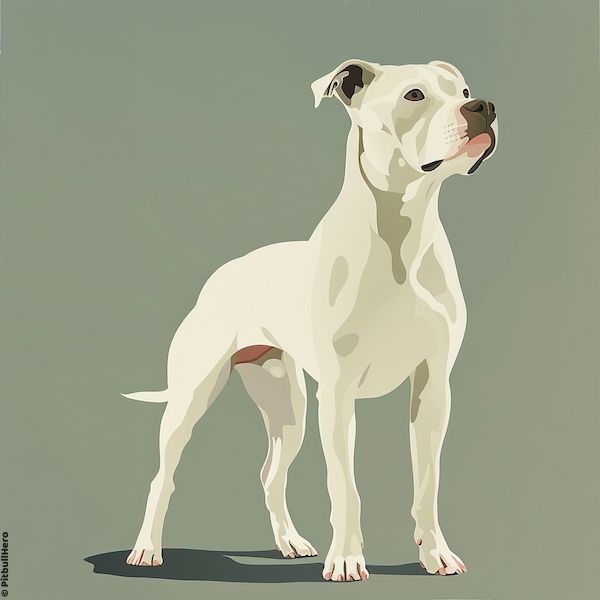
American Pit Bull Terrier
Weight: 30-60 lbs
Height: 17-21 inches
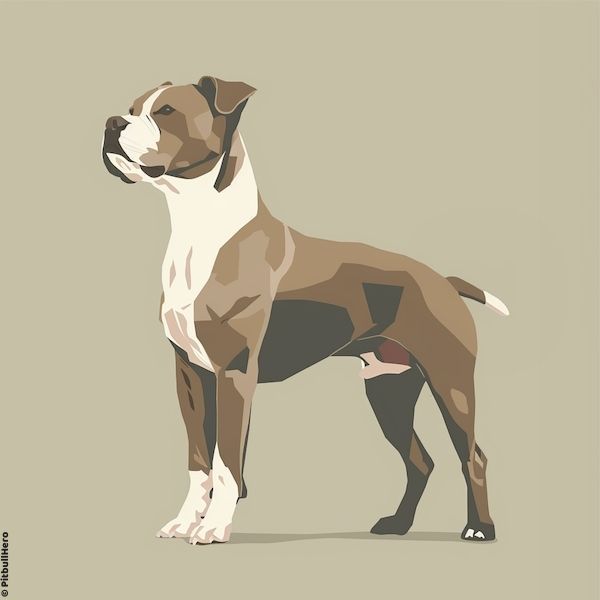
American Staffordshire Terrier
Weight: 40-70 lbs
Height: 17-19 inches
Staffordshire Bull Terrier
Weight: 24-38 lbs
Height: 14-16 inches
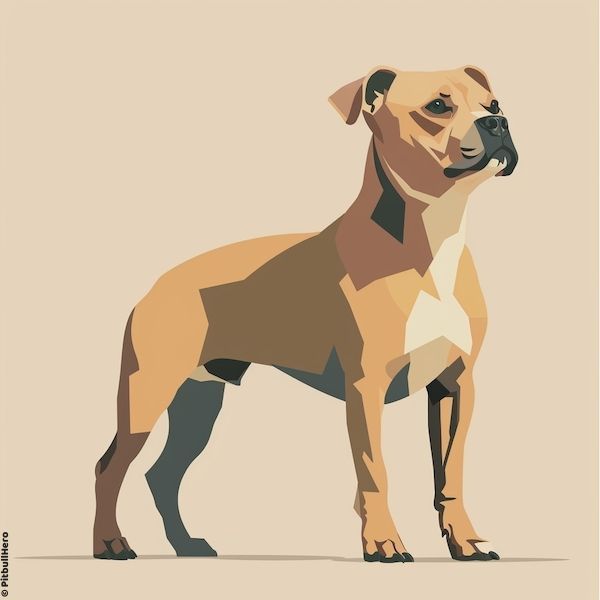
American
Bully
Weight: 30-130 lbs
Height: 13-23 inches
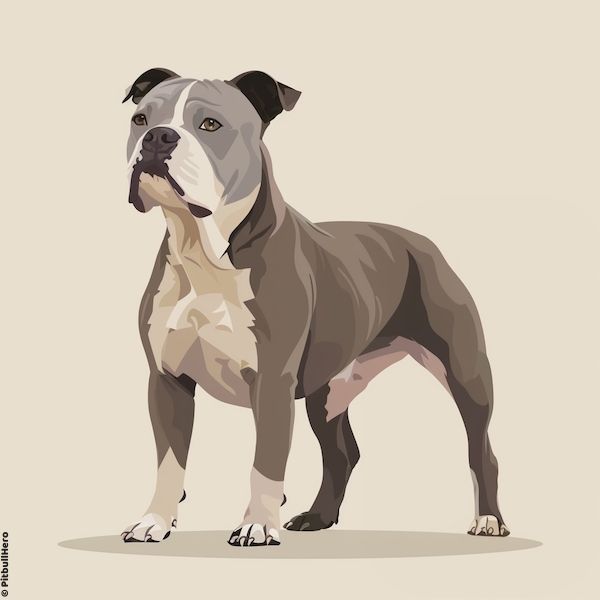
History Of Pitbull-Type Dogs
Bred in early 19th century England, pitbull-type dogs, then called 'Bull and Terriers,' were crossbreeds between bulldogs and terriers. Their early history is rich and complex, as they were bred for a diversity of roles, from working on farms to herd, protect, and manage livestock to safeguarding homes. Unfortunately, their history also included participation in the inhumane practices of bull-baiting and dog fighting. It's important to note, however, that these cruel practices were not exclusive to what we recognize today as pitbull-type breeds; many different breeds were subjected to these now-illegal activities.
Throughout the 20th century, pitbull-type dogs rose in popularity and became one of America's favorite family pets. They even served as national symbols and appeared on World War I and II recruitment posters, earning them the title 'America's dog.' Today, pitbull-type dogs excel in various roles, including service and therapy dogs, K9 police dogs, and family companions. They are known for their excellent temperament and have become one of America's most popular dogs.
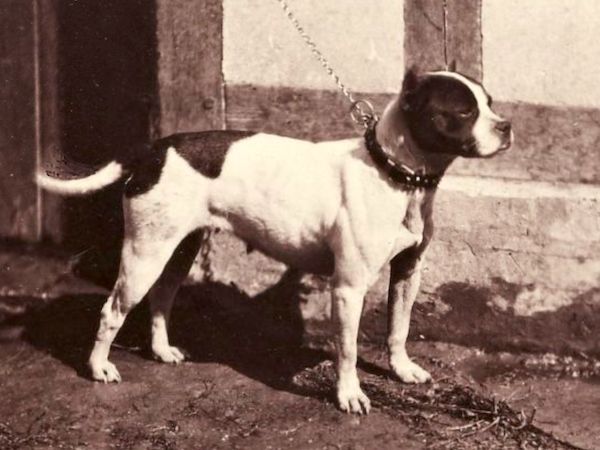
Bull And Terrier
Paris, 1863
ww1 Military Poster
1914
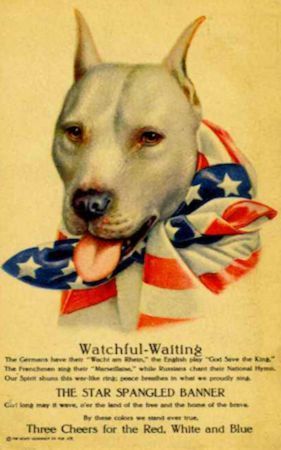
Pete The Pup
The Little Rascals, c.1930
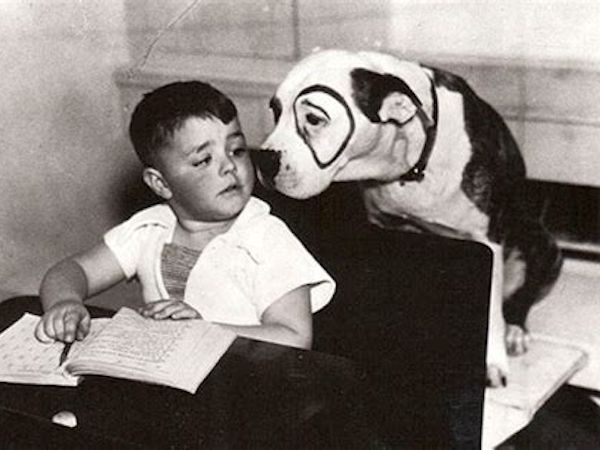
The 'Pitbull' Label
Historically, the term 'pit bull' was a broad and informal label applied to any dog engaged in the inhumane practice of bull-baiting, popular in England in the 16th through 19th centuries. Now outlawed everywhere, this activity involved dogs, regardless of their breed, seizing tethered animals such as bulls in an enclosed area known as a 'pit,' giving rise to the name 'pit bull.' The term did not refer exclusively to the breeds we associate with pitbull-type dogs today. Instead, it encompassed a variety of breeds and mixes that participated in bull-baiting, including, but not limited to, various bulldog and terrier breeds. For example, even a Mastiff would have been labeled a 'pit bull' if it was used for bull-baiting. It's important to note that the propensity for baiting is not an innate characteristic of any breed; instead, it is a behavior taught and developed through training, much like teaching a dog to sit or fetch.
Today, 'pitbull' has become an umbrella term loosely used to describe many different medium-sized, short-haired breeds and mixes that exhibit physical features typical of various bully-type breeds. While the American Pit Bull Terrier is the only formal breed with the term 'pit bull' in its name, over 20 different breeds and numerous mixes share physical traits common to those in the pitbull-type category. A recent study on canine genetics found that 98% of dogs with pitbull-type ancestry are mixed breed. Moreover, it revealed that most dogs with pitbull-type ancestry have less than 50% genetic makeup from pitbull-type breeds, making them, by definition, mixed-breed dogs (not 'pitbulls' or 'pitbull mixes'). Therefore, when a dog is casually or visually identified as a 'pitbull,' it is more likely to be a mixed breed, or even an entirely different breed, than one of the recognized pitbull-type breeds.
Note: Except for this section explaining the term 'pit bull,' our rationale for using 'pitbull' as a single lowercase word throughout this site is explained here.
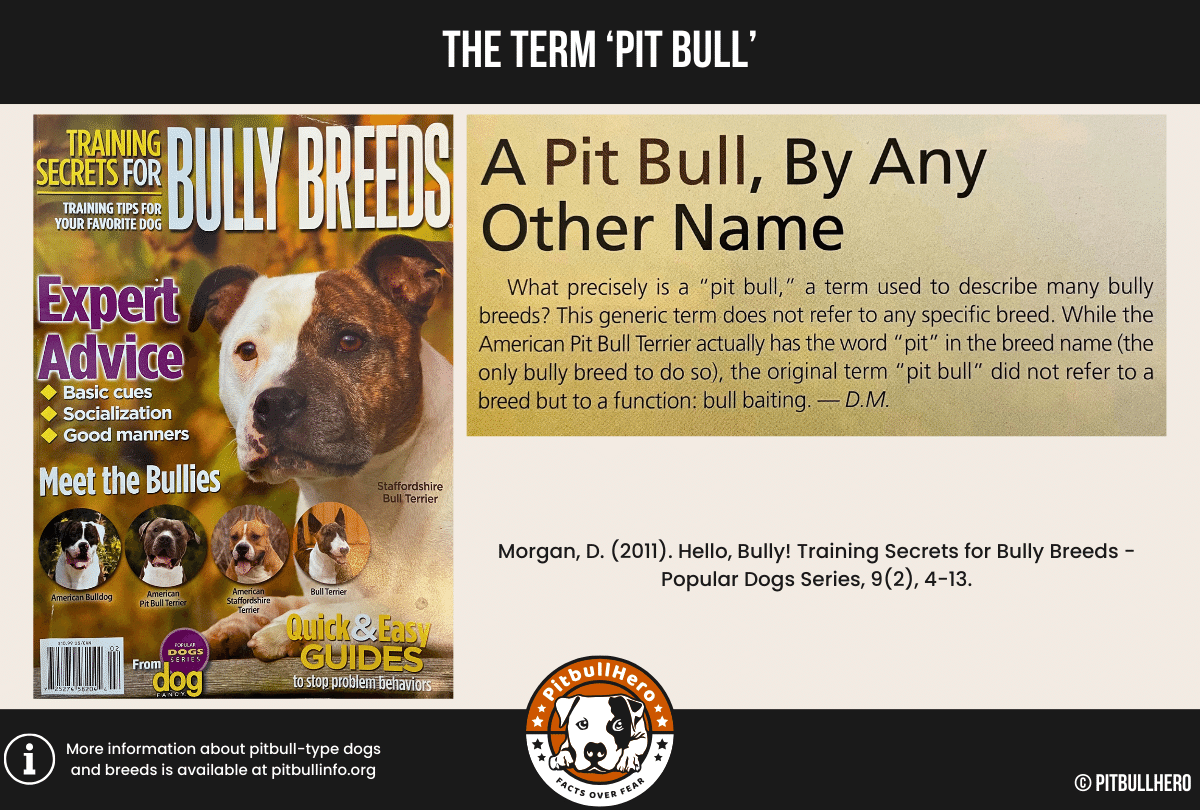
Breeds Misidentified as Pitbulls
Over 20 different breeds and numerous mixed breeds share physical traits with pitbull-type dogs. However, the breeds listed below, especially their mixes, are often mistakenly identified as pitbulls due to their appearance. These breeds are generally larger and less common than the pitbull-type breeds, and no canine organizations categorize them as pitbull-type breeds. Most belong to the
Working Group category of dog breeds.
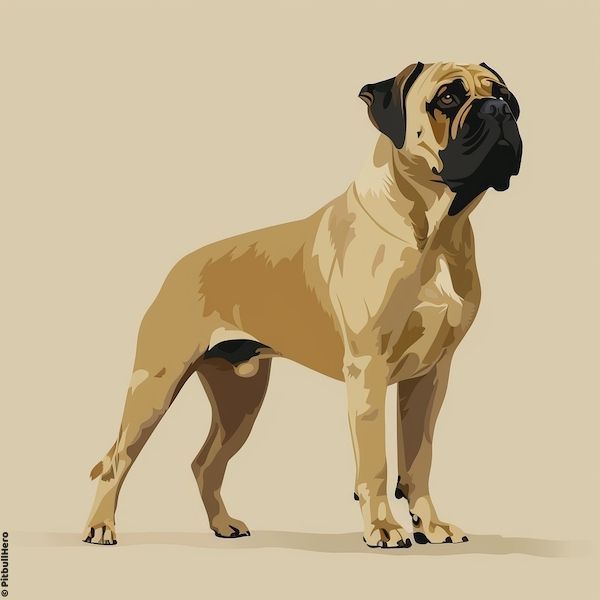
Bullmastiff
Weight: 100-130 lbs
Height: 24-27 inches
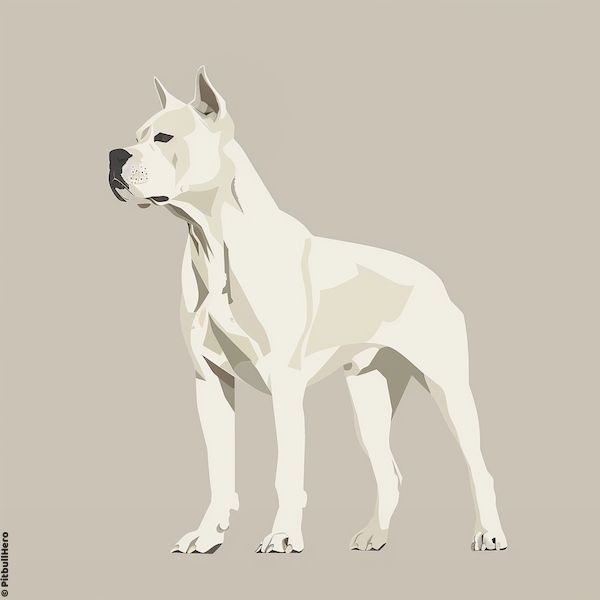
Dogo Argentino
Weight: 80-100 lbs
Height: 24-27 inches
American Bulldog
Weight: 60-100 lbs
Height: 20-25 inches
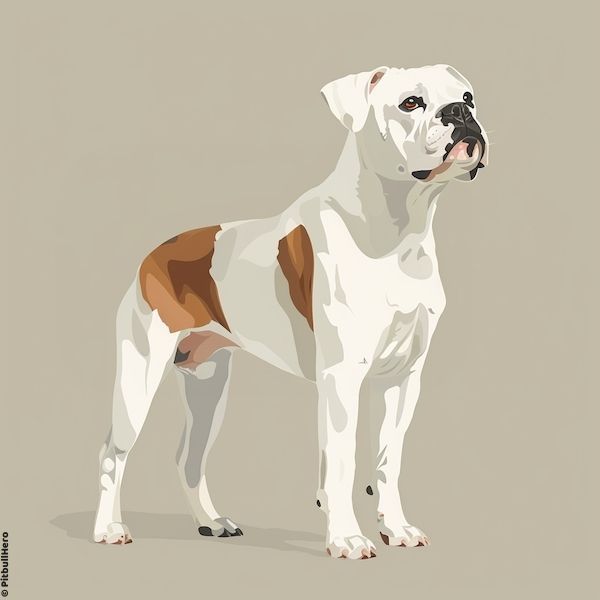
Cane Corso
Weight: 80-120 lbs
Height: 23-28 inches

Complicating the issue of breed bans and restrictions is the fact that about half the estimated 80 million American pet dogs are mixed breeds. Through canine genetic testing, studies have found that even people in animal-related professions can’t accurately identify the breeds in a mixed-breed dog’s genealogy.
About PitbullHero
PitbullHero is a nonprofit research group dedicated to promoting effective and equitable breed-neutral policies for public safety and providing dog bite-related information based on scientific studies and other reliable sources. Our mission is to end discrimination against dogs labeled as 'pitbulls' and to promote the responsible ownership of all dogs, regardless of appearance or breed, which ultimately benefits all people, all dogs, and all communities.
Learn More
PitbullHero™ LLC | All Rights Reserved
Pit bull facts and information, pit bull breeds, dog bite statistics, pit bull statistics, breed specific legislation BSL
PitbullHero is licensed under CC BY-NC-ND 4.0